Home>Furniture & Design>Outdoor Furniture>How Does An Outdoor Wood Furnace Work
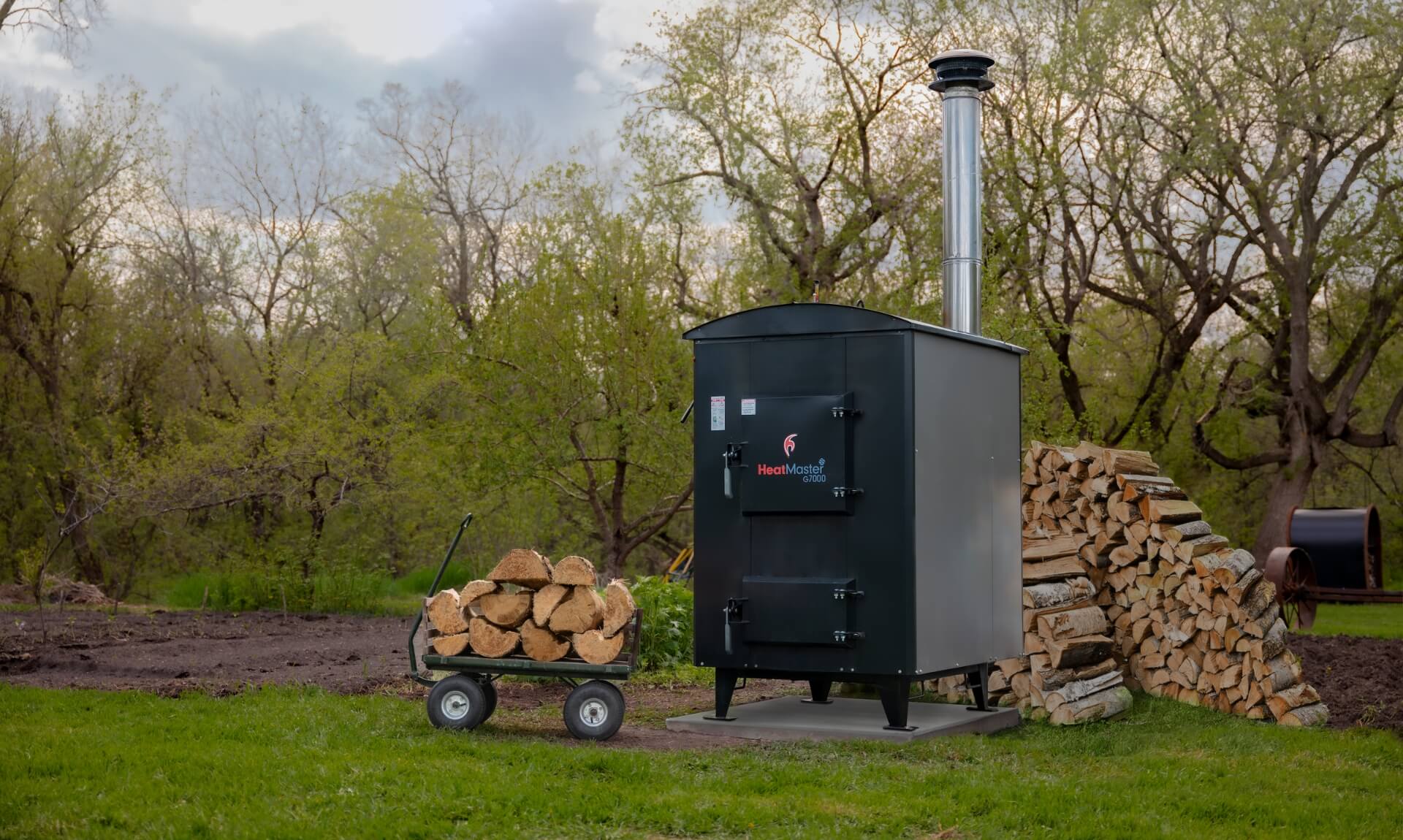

Outdoor Furniture
How Does An Outdoor Wood Furnace Work
Published: January 15, 2024
Discover how outdoor wood furnaces work and learn about their efficient heating capabilities. Explore the benefits of outdoor furniture, design, and functionality.
(Many of the links in this article redirect to a specific reviewed product. Your purchase of these products through affiliate links helps to generate commission for Storables.com, at no extra cost. Learn more)
Introduction
Welcome to the world of outdoor wood furnaces, where the age-old concept of harnessing the power of fire is combined with modern engineering to provide efficient and sustainable heating solutions. In this comprehensive guide, we will delve into the inner workings of outdoor wood furnaces, exploring their components, mechanisms, benefits, environmental impact, and maintenance considerations. Whether you are a seasoned user or a newcomer to the realm of outdoor wood furnaces, this article aims to provide valuable insights into this innovative heating technology.
Outdoor wood furnaces, also known as outdoor wood boilers, have garnered attention for their ability to efficiently heat homes, businesses, and other structures using renewable wood fuel. These robust heating systems have gained popularity due to their cost-effective operation and environmentally friendly nature. By harnessing the power of wood, a readily available and renewable resource, outdoor wood furnaces offer a compelling alternative to traditional heating methods.
As we embark on this exploration, we will uncover the intricate components that make up an outdoor wood furnace, understand the working mechanism behind its heat production, and shed light on the array of benefits it offers. Furthermore, we will delve into the environmental impact of utilizing wood as a heating fuel, addressing the sustainability aspect of outdoor wood furnaces. Additionally, we will discuss essential maintenance and safety considerations, ensuring that users can operate these systems with confidence and peace of mind.
Whether you are considering investing in an outdoor wood furnace, seeking to optimize the performance of an existing unit, or simply intrigued by the technology, this article aims to provide a comprehensive understanding of outdoor wood furnaces. Join us as we unravel the inner workings and advantages of these innovative heating solutions, and gain valuable insights into their sustainable and efficient operation.
Key Takeaways:
- Outdoor wood furnaces use wood as a renewable fuel source to provide cost-effective and sustainable heating, reducing reliance on non-renewable energy and minimizing carbon emissions.
- Understanding the working mechanism and environmental impact of outdoor wood furnaces empowers users to optimize performance, reduce environmental footprint, and ensure safe and efficient operation.
Read more: How To Build Outdoor Wood Burning Furnace
What is an Outdoor Wood Furnace?
An outdoor wood furnace is a heating system designed to provide warmth and hot water to residential, commercial, or industrial spaces using wood as the primary fuel source. Unlike traditional indoor wood stoves or fireplaces, outdoor wood furnaces are installed outside the building they serve, typically in a shed-like structure or a specially designed enclosure. This setup allows for safe and convenient wood fuel storage and combustion, while the heat generated is transported indoors through insulated pipes or underground water lines.
These heating units are renowned for their versatility, capable of accommodating various wood types, including logs, wood chips, and wood pellets. The combustion process within an outdoor wood furnace is carefully controlled, ensuring efficient heat production while minimizing emissions. The heat generated is then circulated through the building, providing a comfortable and consistent indoor temperature.
One of the defining features of outdoor wood furnaces is their ability to integrate seamlessly with existing heating systems, such as radiant floor heating, forced-air furnaces, or traditional boilers. This adaptability makes them a compelling choice for homeowners and businesses seeking to augment or replace their current heating infrastructure with a more sustainable and cost-effective alternative.
Furthermore, outdoor wood furnaces are designed to operate for extended periods without requiring frequent refueling, thanks to their sizable combustion chambers and efficient heat transfer mechanisms. This autonomy is particularly advantageous in rural areas or locations where access to traditional heating fuels may be limited or costly.
As the demand for environmentally friendly heating solutions continues to rise, outdoor wood furnaces have emerged as a viable option for those seeking to reduce their carbon footprint and reliance on non-renewable energy sources. By harnessing the energy locked within wood, these heating systems offer a sustainable and renewable alternative to fossil fuel-based heating methods.
With their ability to provide consistent heat, hot water, and seamless integration with existing heating infrastructure, outdoor wood furnaces have carved a niche as a reliable and environmentally conscious heating solution for a wide range of applications.
Components of an Outdoor Wood Furnace
Outdoor wood furnaces comprise a series of essential components that work in harmony to facilitate the efficient combustion of wood and the transfer of heat to the intended space. Understanding the key elements of these heating systems is crucial for users and installers alike, as it enables proper maintenance, troubleshooting, and optimization of performance.
1. Firebox: At the heart of an outdoor wood furnace lies the firebox, where the combustion of wood takes place. This robust chamber is constructed from durable materials capable of withstanding high temperatures and prolonged exposure to flames. The firebox is designed to facilitate efficient and complete combustion, ensuring that the maximum energy potential of the wood fuel is harnessed.
2. Water Jacket: Surrounding the firebox is a water jacket, typically made of steel, that absorbs the intense heat generated during combustion. This heat exchange mechanism allows the transfer of thermal energy from the fire to the water, which is then circulated to the heating distribution system. The water jacket plays a pivotal role in capturing and transferring the heat produced, ensuring that it is utilized to its fullest potential.
3. Insulated Piping: To transport the heated water from the outdoor wood furnace to the intended space, insulated piping is employed. This specialized piping prevents heat loss and ensures that the hot water reaches its destination without significant temperature reduction. By maintaining the thermal integrity of the water distribution system, insulated piping contributes to the overall efficiency of the heating setup.
4. Heat Distribution System: Within the building being heated, a heat distribution system, which may include radiators, baseboard heaters, or a hydronic floor heating system, receives the hot water from the outdoor wood furnace. The thermal energy is then released into the indoor space, providing warmth and comfort to occupants. The design and layout of the heat distribution system are tailored to the specific heating requirements of the building, ensuring optimal heat dispersion.
5. Control Panel: Modern outdoor wood furnaces are equipped with advanced control panels that allow users to monitor and regulate various aspects of the heating process. These panels provide functionalities such as temperature control, combustion air adjustment, and safety features to ensure the efficient and safe operation of the furnace.
By understanding the functions and interactions of these components, users can gain a comprehensive grasp of how outdoor wood furnaces operate and how to maintain them effectively. This knowledge empowers users to maximize the performance and longevity of their heating systems, ensuring reliable and sustainable heat production for years to come.
The Working Mechanism of an Outdoor Wood Furnace
Understanding the working mechanism of an outdoor wood furnace unveils the intricate processes that transform wood fuel into consistent and comfortable heat for residential, commercial, or industrial spaces. The operation of these heating systems involves a series of carefully orchestrated steps, each contributing to the efficient utilization of wood energy and the seamless distribution of warmth.
1. Combustion: The process begins with the loading of wood fuel into the firebox of the outdoor wood furnace. Once ignited, the wood undergoes combustion, releasing energy in the form of heat. The combustion process is carefully managed to ensure that the wood is burned efficiently, minimizing emissions and maximizing heat output.
2. Heat Transfer: As the wood burns within the firebox, the intense heat generated is absorbed by the water jacket surrounding the combustion chamber. This heat transfer mechanism allows the water within the jacket to reach high temperatures, transforming it into a carrier of thermal energy.
3. Circulation: The hot water produced in the outdoor wood furnace is then circulated through insulated piping, transporting the thermal energy to the designated heat distribution system within the building. This circulation process ensures that the heat is efficiently conveyed to the indoor space without significant loss or dissipation.
4. Heat Distribution: Within the building, the hot water from the outdoor wood furnace enters the heat distribution system, where the thermal energy is released into the surroundings. Whether through radiators, baseboard heaters, or a hydronic floor heating system, the heat is dispersed evenly, providing a comfortable and consistent indoor temperature.
5. Control and Regulation: Throughout the entire operation, the outdoor wood furnace’s control panel monitors and regulates various parameters, including combustion air intake, water temperature, and safety features. This oversight ensures that the heating system operates optimally, maintaining efficiency and safety at all times.
By comprehending the working mechanism of outdoor wood furnaces, users gain insight into the seamless integration of combustion, heat transfer, circulation, and heat distribution processes. This understanding empowers users to optimize the performance of their heating systems, ensuring reliable and sustainable heat production for their heating needs.
Make sure to regularly clean and maintain your outdoor wood furnace to ensure it operates efficiently and safely. This includes removing ash and checking for any signs of wear or damage.
Benefits of Using an Outdoor Wood Furnace
Outdoor wood furnaces offer a host of compelling benefits, making them an attractive heating solution for residential, commercial, and industrial applications. From cost savings to environmental sustainability, the advantages of utilizing outdoor wood furnaces extend beyond mere warmth, encompassing economic, ecological, and practical considerations.
1. Cost-Effective Heating: One of the primary benefits of outdoor wood furnaces is their cost-effectiveness. Wood, a renewable and often locally available fuel source, can significantly reduce heating expenses compared to fossil fuels or electricity. This cost-saving aspect makes outdoor wood furnaces an appealing option for users seeking long-term economic benefits.
2. Renewable Energy Source: By utilizing wood as a primary heating fuel, outdoor wood furnaces embrace renewable energy, reducing reliance on non-renewable resources. This sustainable approach aligns with environmental conservation efforts and contributes to a more eco-friendly heating solution.
3. Independence from Utility Grids: For users in rural or off-grid locations, outdoor wood furnaces provide a degree of independence from traditional utility grids. This self-sufficiency can be invaluable in areas where access to natural gas or electricity may be limited or costly.
4. Versatility in Wood Fuel Types: Outdoor wood furnaces can accommodate various forms of wood fuel, including logs, wood chips, and wood pellets. This versatility allows users to choose the most suitable wood type based on availability, cost, and heating requirements, offering flexibility in fuel selection.
5. Integration with Existing Heating Systems: These heating systems can seamlessly integrate with existing heating infrastructure, such as radiant floor heating, forced-air furnaces, or traditional boilers. This adaptability makes them an attractive option for retrofitting or augmenting current heating setups.
6. Consistent Heat Output: Outdoor wood furnaces are capable of providing consistent and even heat distribution, ensuring a comfortable indoor environment throughout the heating season. This reliability contributes to a pleasant and consistent heating experience for occupants.
7. Reduced Carbon Footprint: By utilizing wood, a carbon-neutral fuel source, outdoor wood furnaces help reduce carbon emissions compared to fossil fuel-based heating methods. This environmental benefit aligns with sustainability goals and contributes to mitigating climate impact.
8. Long-Term Durability: Well-maintained outdoor wood furnaces are known for their longevity, offering durable heating solutions that can serve users for many years with proper care and maintenance.
By embracing these benefits, users can enjoy a cost-effective, sustainable, and reliable heating solution that aligns with their economic, environmental, and practical needs, making outdoor wood furnaces a compelling choice for a wide range of heating applications.
Read more: How Does An Outdoor Wood Boiler Work
Environmental Impact of Outdoor Wood Furnaces
Outdoor wood furnaces have garnered attention not only for their heating capabilities but also for their environmental impact, particularly in the context of sustainability and air quality. Understanding the ecological implications of utilizing wood as a heating fuel is essential for evaluating the overall environmental footprint of these heating systems.
1. Renewable Energy Source: A notable environmental benefit of outdoor wood furnaces is their utilization of wood, a renewable energy source. Unlike fossil fuels, which are finite and non-renewable, wood can be sustainably harvested and replenished, making it a more environmentally friendly heating option in the long term.
2. Carbon Neutrality: Wood is considered a carbon-neutral fuel source when harvested and burned sustainably. The carbon dioxide released during wood combustion is part of the natural carbon cycle, as the trees absorbed carbon dioxide during their growth. This cyclical process contributes to a balanced carbon equation, unlike the release of additional carbon from fossil fuel extraction and combustion.
3. Emissions Reduction: When compared to traditional indoor wood stoves or fireplaces, outdoor wood furnaces are designed with advanced combustion and emission control technologies. These features minimize particulate matter and other emissions, contributing to improved air quality and reduced environmental impact.
4. Efficient Wood Utilization: Outdoor wood furnaces are engineered to maximize the energy potential of wood fuel through efficient combustion and heat transfer mechanisms. This optimized utilization of wood resources minimizes waste and ensures that the energy stored in wood is harnessed to its fullest extent, enhancing the overall sustainability of the heating process.
5. Localized Energy Sourcing: By utilizing wood sourced from local forests or woodlots, outdoor wood furnaces support localized energy sourcing, reducing the environmental impact associated with long-distance transportation of heating fuels. This localized approach contributes to regional economic benefits and reduced carbon emissions from transportation.
6. Regulatory Compliance: Modern outdoor wood furnaces adhere to stringent emissions standards and regulations, ensuring that the environmental impact of wood combustion is minimized. Compliance with these standards fosters responsible and sustainable use of wood as a heating fuel, aligning with environmental protection initiatives.
By considering these environmental aspects, users can gain a comprehensive understanding of the sustainability and eco-friendliness of outdoor wood furnaces. When operated responsibly and in accordance with best practices, these heating systems offer an environmentally conscious alternative to traditional heating methods, supporting both ecological well-being and long-term environmental sustainability.
Maintenance and Safety Considerations
Ensuring the proper maintenance and safe operation of outdoor wood furnaces is essential for optimizing performance, prolonging the system’s lifespan, and safeguarding the well-being of users and the environment. By adhering to maintenance protocols and implementing safety measures, users can enjoy reliable and efficient heat production while mitigating potential risks associated with these heating systems.
1. Regular Cleaning and Inspection: Routine cleaning of the firebox, heat exchange surfaces, and chimney is crucial to prevent the buildup of creosote and other combustion by-products. Additionally, conducting regular inspections of the furnace components, including seals, gaskets, and piping, helps identify and address any potential issues that may compromise the system’s efficiency or safety.
2. Proper Wood Fuel Selection and Storage: Using well-seasoned wood with low moisture content is vital for efficient combustion and reduced emissions. Proper wood storage in a dry and ventilated area protects the fuel from moisture and contamination, ensuring optimal performance and minimizing the risk of chimney fires or excessive smoke production.
3. Combustion Air Control: Monitoring and regulating the combustion air intake is essential for maintaining efficient and clean combustion. Proper air control helps optimize heat production while minimizing the generation of pollutants and ensuring safe operation of the outdoor wood furnace.
4. Chimney Maintenance: Regular chimney inspections and cleaning are imperative to prevent the accumulation of creosote, which can lead to chimney fires. Ensuring that the chimney is clear of obstructions and functioning properly is essential for safe and efficient venting of combustion by-products.
5. Water Treatment and Corrosion Prevention: Implementing water treatment measures to prevent corrosion and scale buildup within the outdoor wood furnace’s water jacket is crucial for maintaining system integrity and longevity. Proper water chemistry and corrosion inhibitors help protect the components and ensure optimal heat transfer efficiency.
6. Safety Features and Alarms: Modern outdoor wood furnaces are equipped with safety features and alarms to alert users to potential issues such as overheating, low water levels, or system malfunctions. Regular testing and maintenance of these safety mechanisms are essential for ensuring the safe operation of the heating system.
7. Clearance and Ventilation: Proper clearance around the outdoor wood furnace and adequate ventilation in the installation area are critical for safe operation and heat dissipation. Adhering to manufacturer-recommended clearances and ventilation requirements helps prevent overheating and ensures safe conditions around the heating unit.
8. Compliance with Regulations: Adhering to local regulations, building codes, and emissions standards pertaining to outdoor wood furnaces is essential for ensuring safe and legal operation. Compliance with these regulations promotes responsible and safe use of these heating systems while minimizing environmental impact.
By prioritizing maintenance and safety considerations, users can uphold the efficiency, safety, and longevity of their outdoor wood furnaces, ensuring reliable heat production and peace of mind throughout the heating season.
Conclusion
Outdoor wood furnaces represent a harmonious blend of traditional heating methods and modern engineering, offering a sustainable, cost-effective, and reliable heating solution for a diverse range of applications. As we conclude our exploration of outdoor wood furnaces, it becomes evident that these heating systems embody a balance of practicality, environmental consciousness, and technological innovation.
With their ability to harness the energy of wood, a renewable and locally available fuel source, outdoor wood furnaces provide users with a compelling alternative to conventional heating methods. The cost-effectiveness, independence from utility grids, and integration with existing heating systems make them an attractive option for homeowners, businesses, and industries seeking efficient and sustainable heat production.
Moreover, the environmental impact of outdoor wood furnaces extends beyond mere warmth, encompassing benefits such as reduced carbon emissions, localized energy sourcing, and compliance with stringent emissions standards. By embracing wood as a renewable energy source and adhering to best practices, users can minimize their environmental footprint while enjoying the comfort and reliability offered by these heating systems.
As with any heating technology, proper maintenance and safety considerations are paramount in ensuring the optimal performance and longevity of outdoor wood furnaces. By adhering to maintenance protocols, implementing safety measures, and complying with regulations, users can safeguard their investment, protect the environment, and ensure the well-being of occupants and surrounding areas.
As we navigate the evolving landscape of heating technologies, outdoor wood furnaces stand as a testament to the enduring appeal of sustainable, efficient, and environmentally conscious solutions. Their ability to provide consistent warmth, cost savings, and environmental benefits makes them a compelling choice for those seeking to embrace a more sustainable approach to heating.
Whether nestled in the countryside or adorning urban landscapes, outdoor wood furnaces continue to exemplify the timeless allure of fire as a source of warmth, comfort, and sustainability. As users and enthusiasts alike continue to embrace these innovative heating systems, the legacy of outdoor wood furnaces as a reliable and eco-friendly heating solution is poised to endure for generations to come.
Frequently Asked Questions about How Does An Outdoor Wood Furnace Work
Was this page helpful?
At Storables.com, we guarantee accurate and reliable information. Our content, validated by Expert Board Contributors, is crafted following stringent Editorial Policies. We're committed to providing you with well-researched, expert-backed insights for all your informational needs.
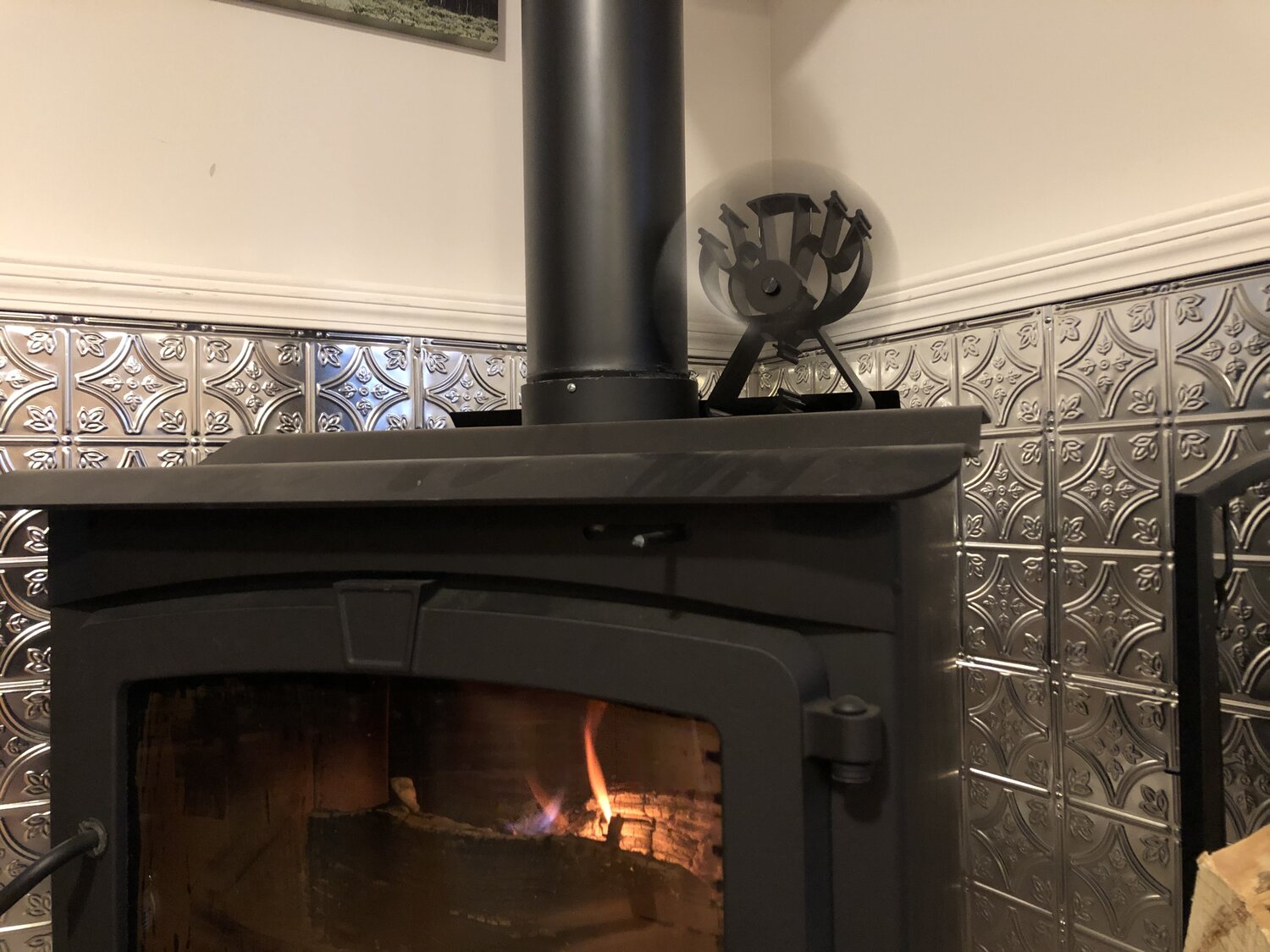



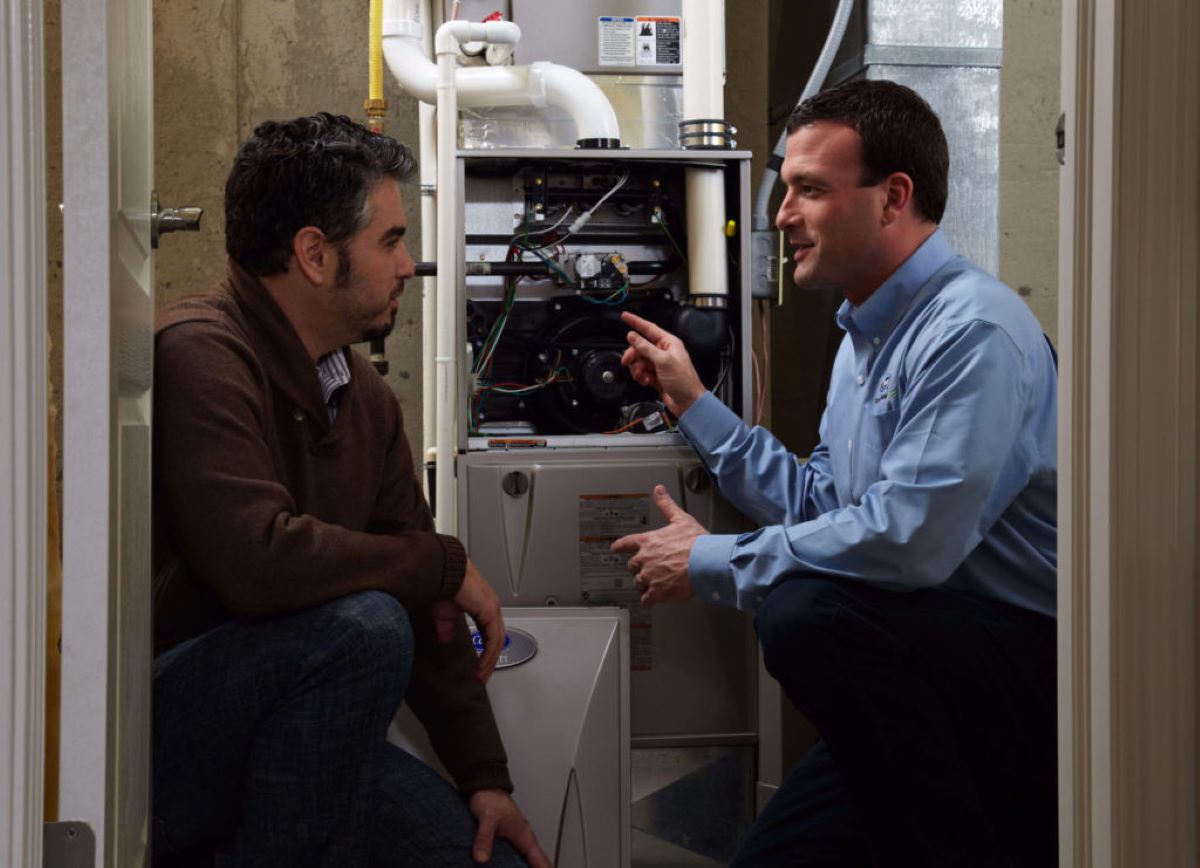


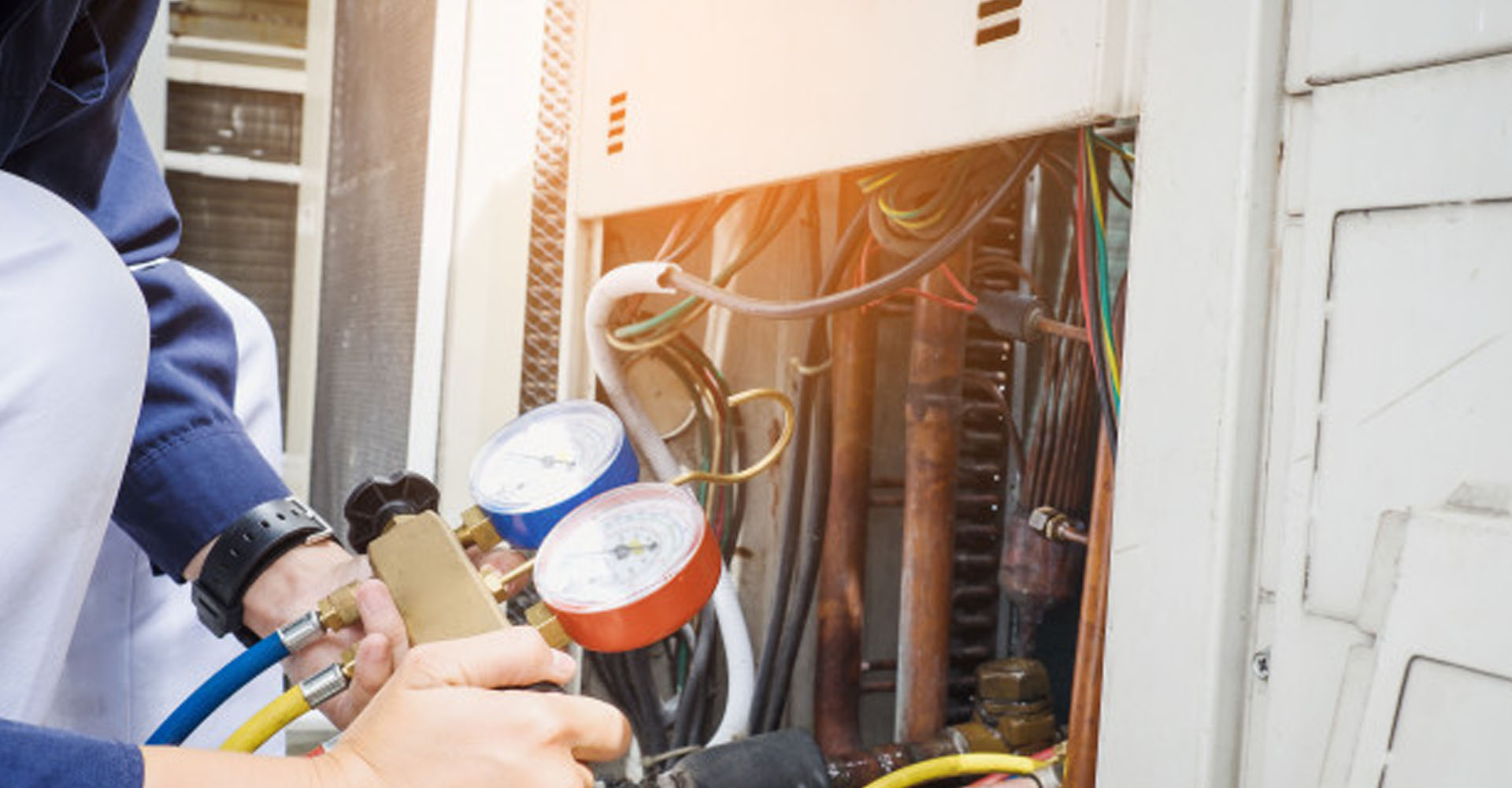

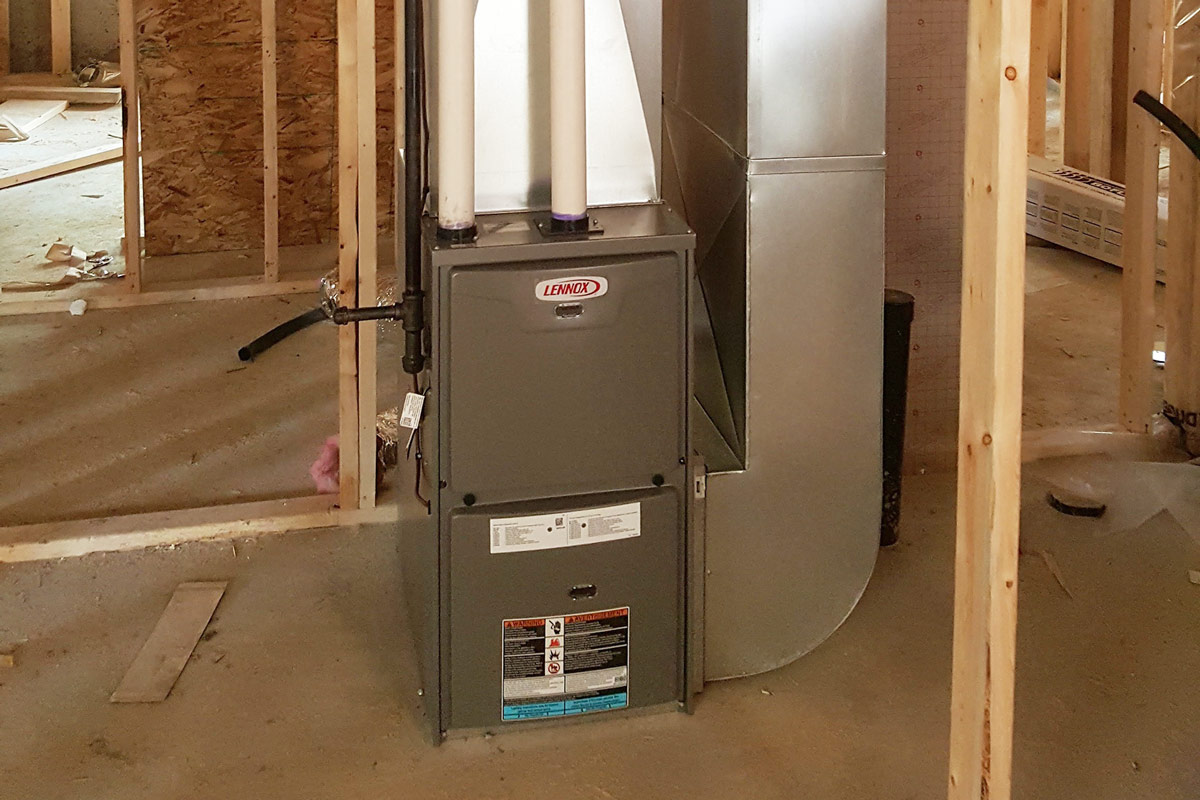


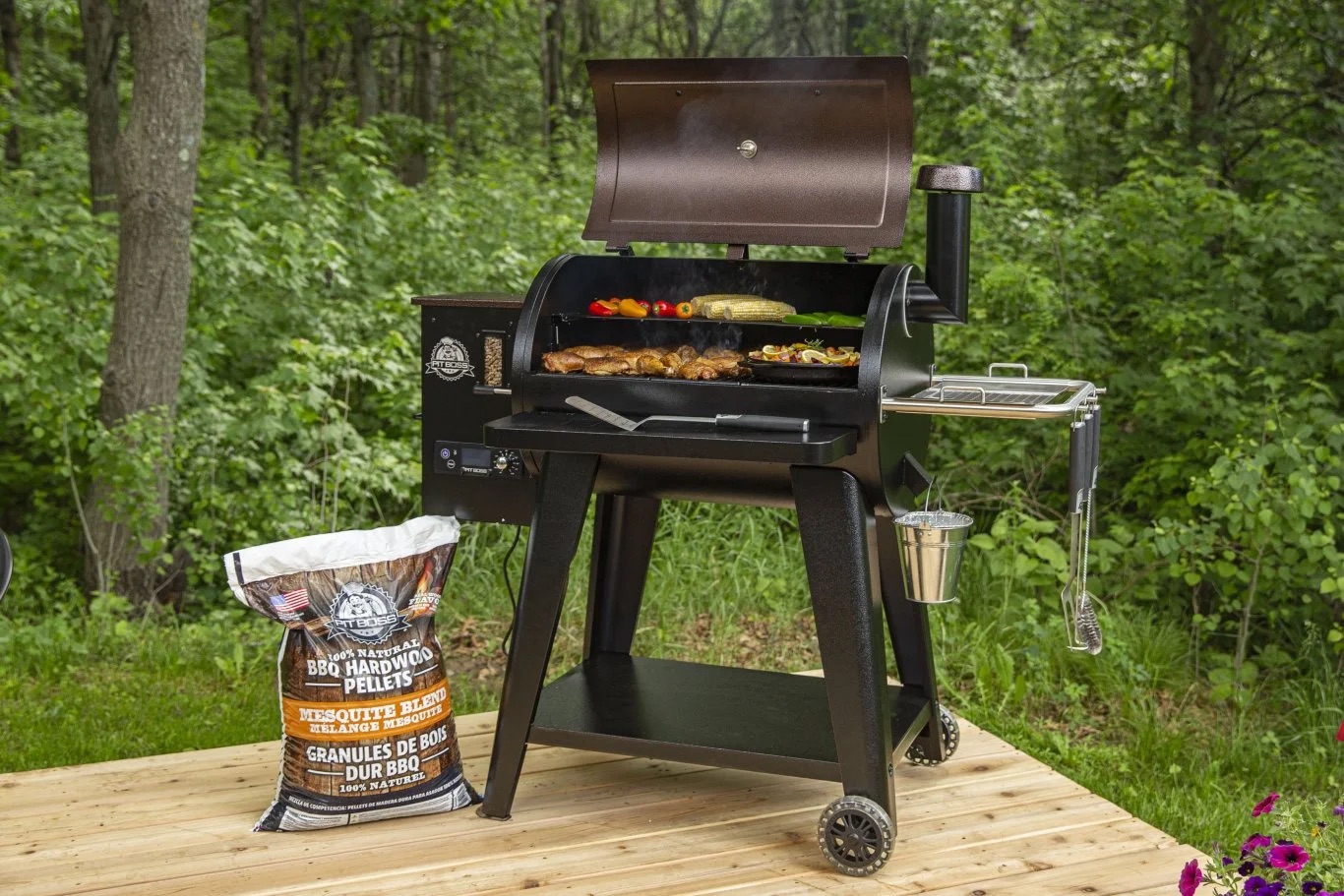
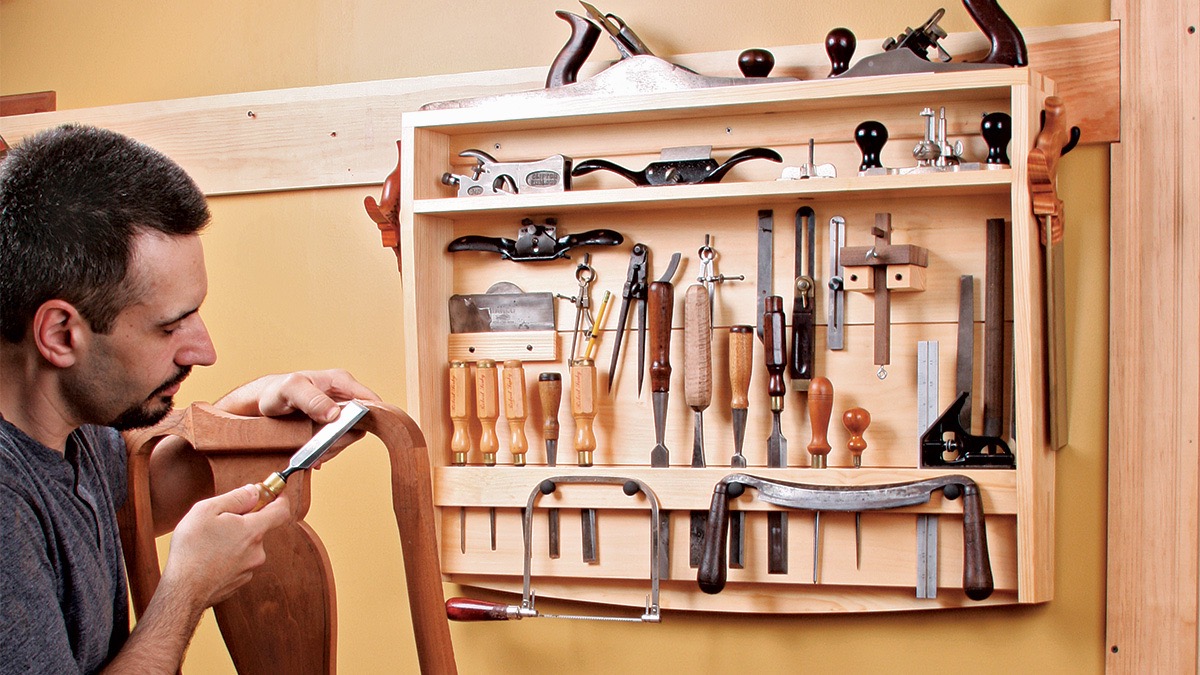

0 thoughts on “How Does An Outdoor Wood Furnace Work”